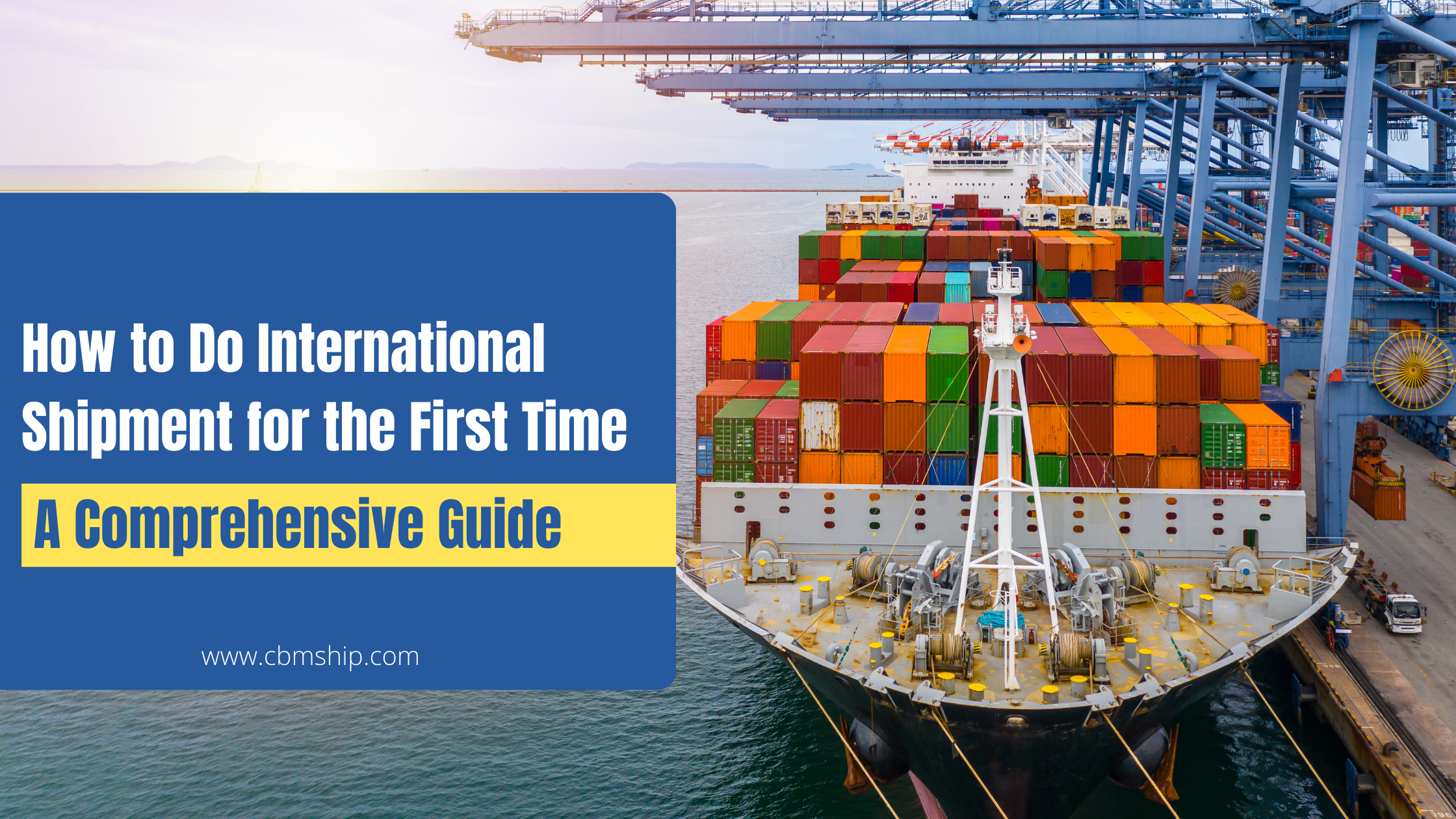In today’s globalized marketplace, businesses often find themselves exploring international markets. Expanding your business overseas can be a game-changer, but navigating the complexities of international shipments requires careful planning and understanding. In this guide, we’ll walk you through the process of making your first international shipment and discuss the essential documents required for a smooth transaction.
I. Introduction
Venturing into international shipments is a significant step for any business looking to broaden its horizons. Whether you’re an e-commerce entrepreneur or a large-scale manufacturer, understanding the nuances of global logistics is crucial for success.
II. Understanding International Shipping
Before delving into the specifics, it’s essential to grasp the fundamental differences between domestic and international shipping. International shipments involve additional considerations such as customs regulations, varied shipping routes, and diverse delivery networks.
III. Steps to Prepare for International Shipment
1. Researching and Selecting a Reliable Shipping Partner
– Choosing a reputable international shipping company ensures a smoother process.
– Consider factors like shipping rates, delivery times, and customer reviews.
2. Understanding Customs Regulations and Compliance
– Thorough research on customs requirements of the destination country.
– Ensuring compliance with international trade laws to prevent delays or fines.
IV. Essential Documents for International Shipment
Navigating the paperwork is a critical aspect of international shipping. The following documents are indispensable:
1. Commercial Invoice
– Details about the shipped goods and their value.
2. Packing List
– Comprehensive list specifying the contents of each package.
3. Bill of Lading (BOL)
– A document acknowledging the receipt of goods by the shipping carrier.
4. Certificate of Origin
– Confirming the country where the goods originated.
5. Customs Declaration
– Providing information on the nature of the goods for customs clearance.
6. Insurance Certificates
– Ensuring coverage for potential damages during transit.
V. Packaging Guidelines
Proper packaging is vital to safeguard your products during the international journey. Consider the following tips:
1. Secure and Durable Packaging
– Use sturdy materials to protect items from damage.
– Consider the fragility of certain products when choosing packaging.
2. Compliance with International Packaging Standards
– Adhering to international packaging regulations to avoid complications.
VI. Labeling and Marking
Clear and accurate labeling is crucial for international shipments:
1. Customs Information on Labels
– Include all necessary customs information on each package.
– Ensure legible and standardized labeling for easy processing.
2. Proper Marking on Packages
– Clearly mark packages with handling instructions and destination details.
VII. Customs Clearance Process
Understanding the customs clearance process is vital to avoid delays and complications:
1. Submit Accurate Documentation
– Ensure all required documents are complete and accurate.
– Work closely with your shipping partner to navigate customs procedures.
2. Communication with Customs Authorities
– Establish open communication channels with customs officials.
– Respond promptly to any requests for additional information.
VIII. Tracking and Monitoring
Utilize technology to keep a close eye on your shipments:
1. Real-time Tracking Systems
– Choose a shipping partner that offers robust tracking capabilities.
– Stay informed about the current location and estimated delivery time.
2. Dealing with Delays
– Have contingency plans in place for unexpected delays.
– Communicate proactively with customers if issues arise.
IX. Cost Considerations
International shipping involves various costs; understanding and managing them is crucial:
1. Breakdown of Costs
– Analyze shipping fees, customs duties, and other associated costs.
– Explore options for cost optimization without compromising on service.
2. Tips to Reduce Shipping Expenses
– Consolidate shipments when possible to benefit from bulk rates.
– Negotiate with shipping partners for better terms and discounts.
X. Risk Management
Identify and mitigate potential risks associated with international shipments:
1. Insurance Options
– Consider purchasing shipping insurance to protect against loss or damage.
– Understand the coverage provided by different insurance options.
2. Proactive Risk Assessment
– Identify potential risks in the shipping process and develop contingency plans.
– Stay informed about geopolitical factors that may impact shipments.
XI. Cultural Considerations
Understanding the cultural context of the destination country is crucial:
1. Cultural Nuances
– Be aware of cultural norms that may affect the shipping process.
– Tailor communication and packaging to align with cultural expectations.
2. Impact on Customer Relations
– Positive cultural engagement can enhance customer relations.
– Avoid misunderstandings by respecting cultural sensitivities.
XII. Eco-Friendly Shipping Practices
In today’s environmentally conscious world, businesses must consider sustainable shipping practices:
1. Exploring Sustainable Options
– Choose eco-friendly packaging materials.
– Investigate carbon-neutral shipping options to minimize environmental impact.
2. Balancing Environmental Concerns
– Seek a balance between sustainable practices and the operational needs of your business.
– Communicate your commitment to sustainability to customers.
XIII. Case Studies
Real-life examples provide valuable insights into successful international shipments:
1. Learning from Success Stories
– Analyze case studies of businesses that navigated international shipping successfully.
– Identify common strategies and best practices.
2. Challenges Faced by Others
– Understand challenges faced by businesses in their international shipping endeavors.
– Learn from others’ mistakes and successes to refine your approach.
XIV. Future Trends in International Shipping
The world of international shipping is ever-evolving; staying ahead of trends is essential:
1. Technological Advancements
– Explore emerging technologies shaping the future of global logistics.
– Adopt innovative solutions to streamline your international shipping process.
2. Predictions for the Evolution of Logistics
– Stay informed about industry forecasts and predictions.
– Prepare your business for future changes in international shipping dynamics.
XV. Conclusion
Embarking on international shipments is a challenging yet rewarding endeavor. By following these guidelines and understanding the intricacies of global logistics, businesses can pave the way for successful international expansions. Remember, thorough preparation, attention to detail, and adaptability are key to overcoming the hurdles of international shipping.
FAQs
1. Q: How long does customs clearance typically take for international shipments?
– A: The duration varies but can range from a few days to several weeks, depending on factors like the destination country and the accuracy of documentation.
2. Q: Is it mandatory to purchase shipping insurance for international shipments?
– A: While not mandatory, it is highly recommended to protect against potential losses or damages during transit.
3. Q: What are the most common reasons for delays in international shipments?
– A: Customs clearance issues, transportation disruptions, and inaccurate documentation are common causes of delays.
4. Q: How can businesses minimize the environmental impact of international shipping?
– A: Adopting eco-friendly packaging, exploring carbon-neutral shipping options, and optimizing shipping routes are effective ways to reduce environmental impact.
5. Q: What role does technology play in improving the efficiency of international shipments?
– A: Technology enhances tracking, monitoring, and communication, improving overall efficiency and reducing the risk of errors.




Comments are closed